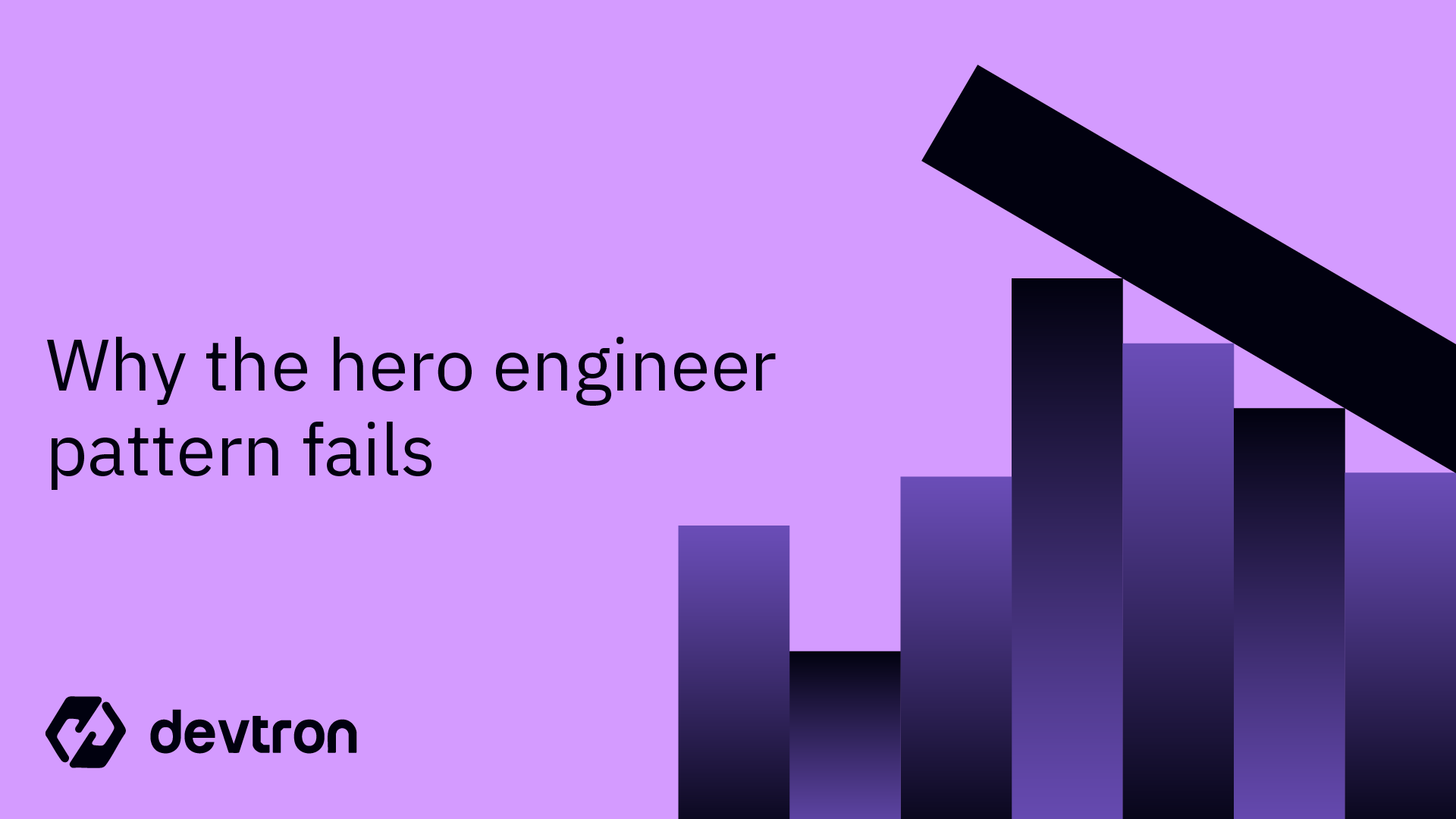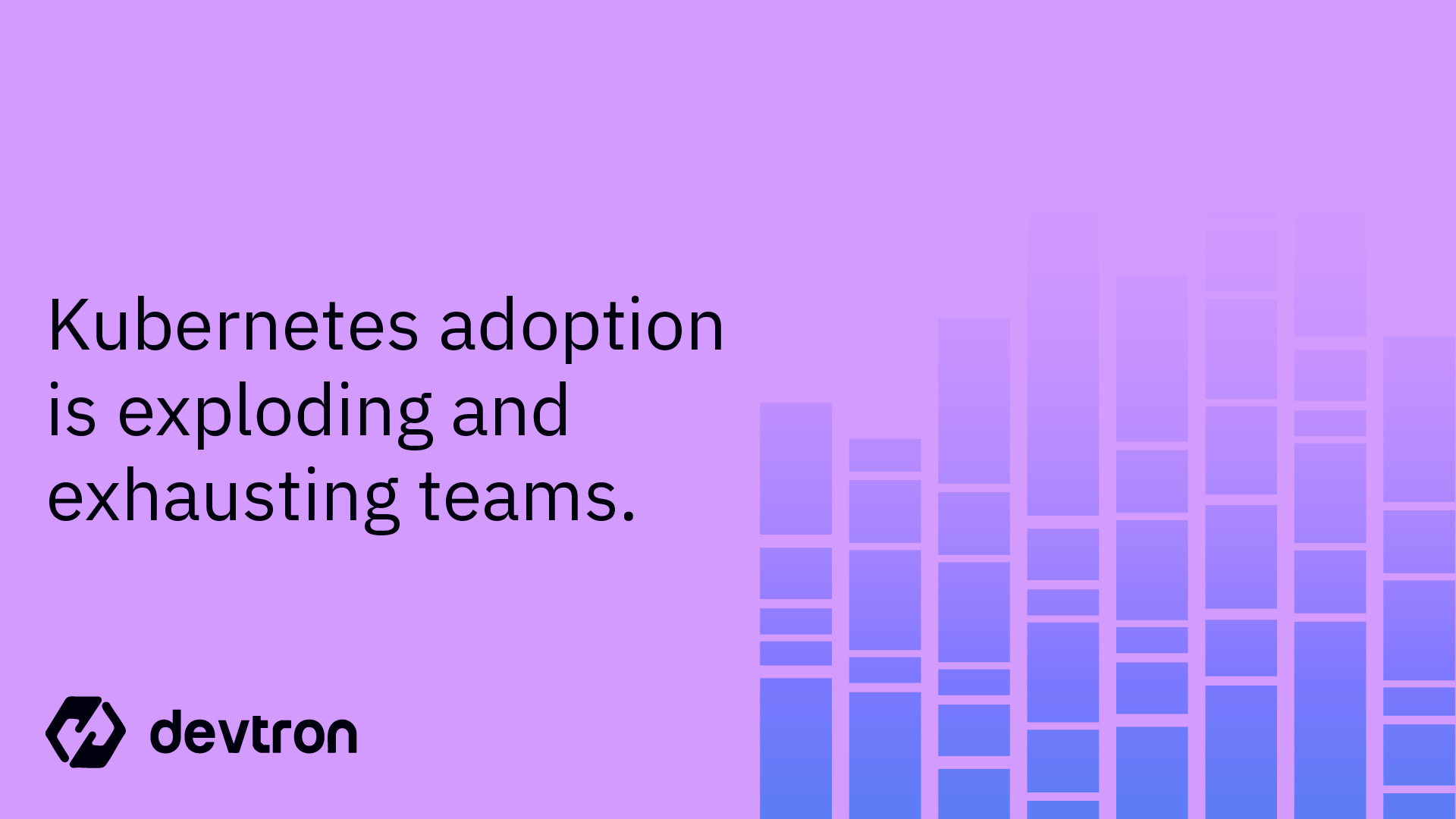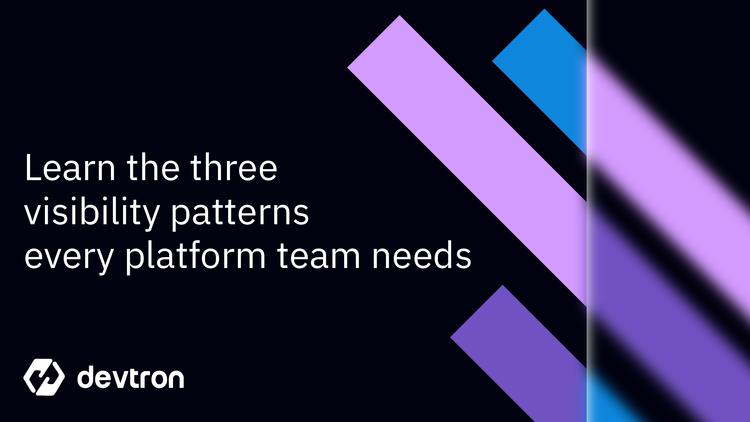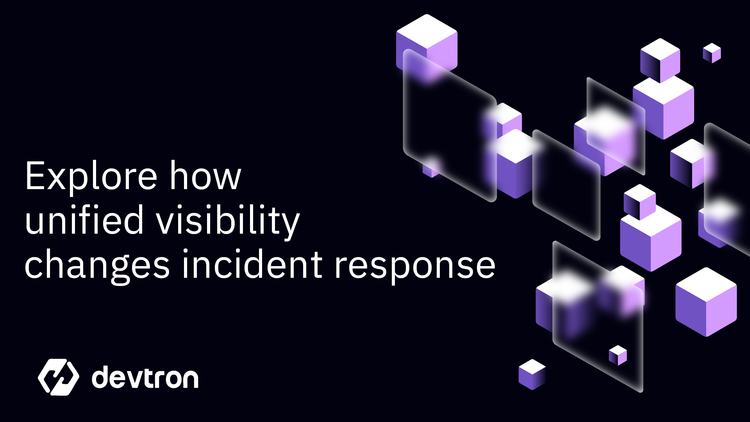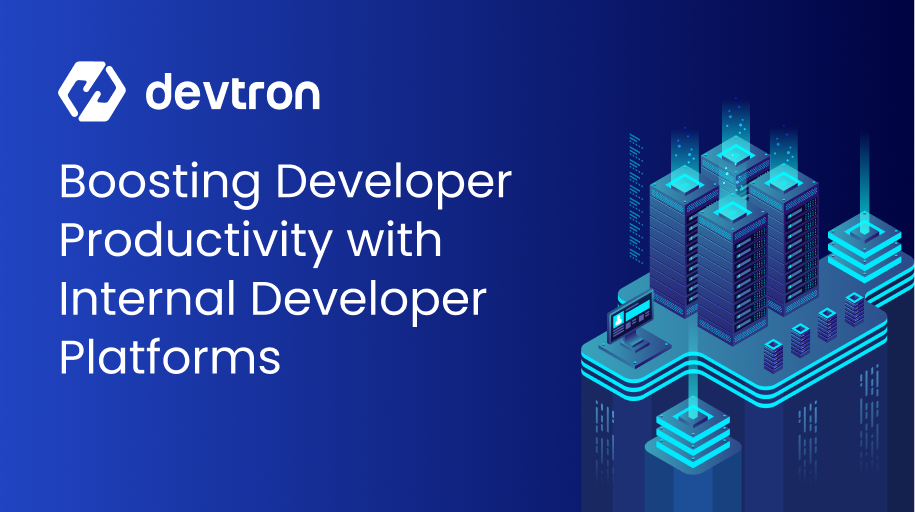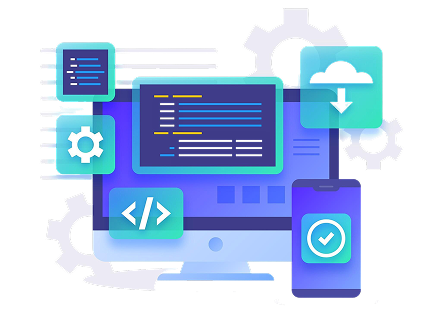Platform teams don’t fail from outages — they erode from distraction. Every tool switch fractures focus, inflates cognitive load, and hides errors. True efficiency comes from unified platforms that preserve engineer attention and context.
Platform Engineering
Platform engineering's biggest problem isn't a lack of talent—it's fragmented tooling that creates "hero engineers." When 15+ disconnected tools require exceptional individuals to hold everything together, organizations build brittle systems that can't scale.
Kubernetes adoption is solved, with ~93% of organizations now using it in production. But scaling creates a paradox: success breeds exponential complexity in costs, security, and operations. The path forward demands smarter systems built on three pillars: guardrails, automation, and intelligence.
Stop correlating timestamps across fragmented tools. Learn three patterns that transform Kubernetes monitoring: tying infrastructure metrics to application impact, tracking deployment operational footprints, and connecting alerts to root causes for faster incident resolution.
Unified Kubernetes visibility eliminates blind spots, accelerates resolution, and links performance to business impact. Devtron shows how pods, nodes, and services interact in real time, closing the gap between detection and resolution.
AI boosts developer speed but destabilizes platforms. With deployments surging, failures, drift, and costs spiral. Smarter systems that understand context—not just execute scripts—are essential for stability in an AI-first world.
Platform engineers spend 60% of their week firefighting instead of building. After talking to dozens of teams, I found three reasons why: tool sprawl creates maintenance overhead, developer support becomes a bottleneck, and platform knowledge gets trapped in people's heads.
Internal Developer Platforms (IDPs) boost developer productivity by enabling self-service deployments, reducing cognitive load, and unifying DevOps tooling. This blog explores how IDPs streamline software delivery, improve team collaboration, and scale with evolving tech needs.



